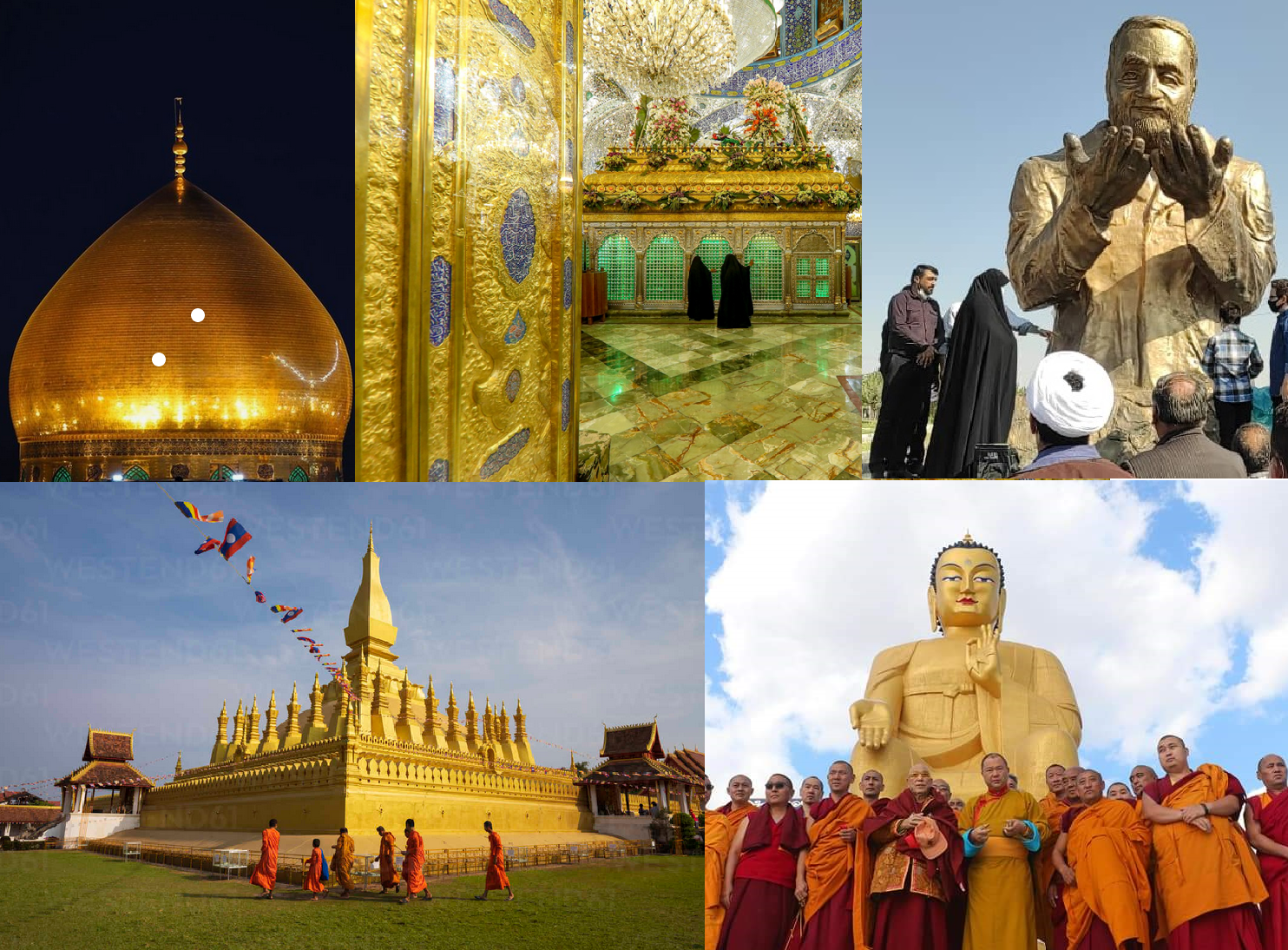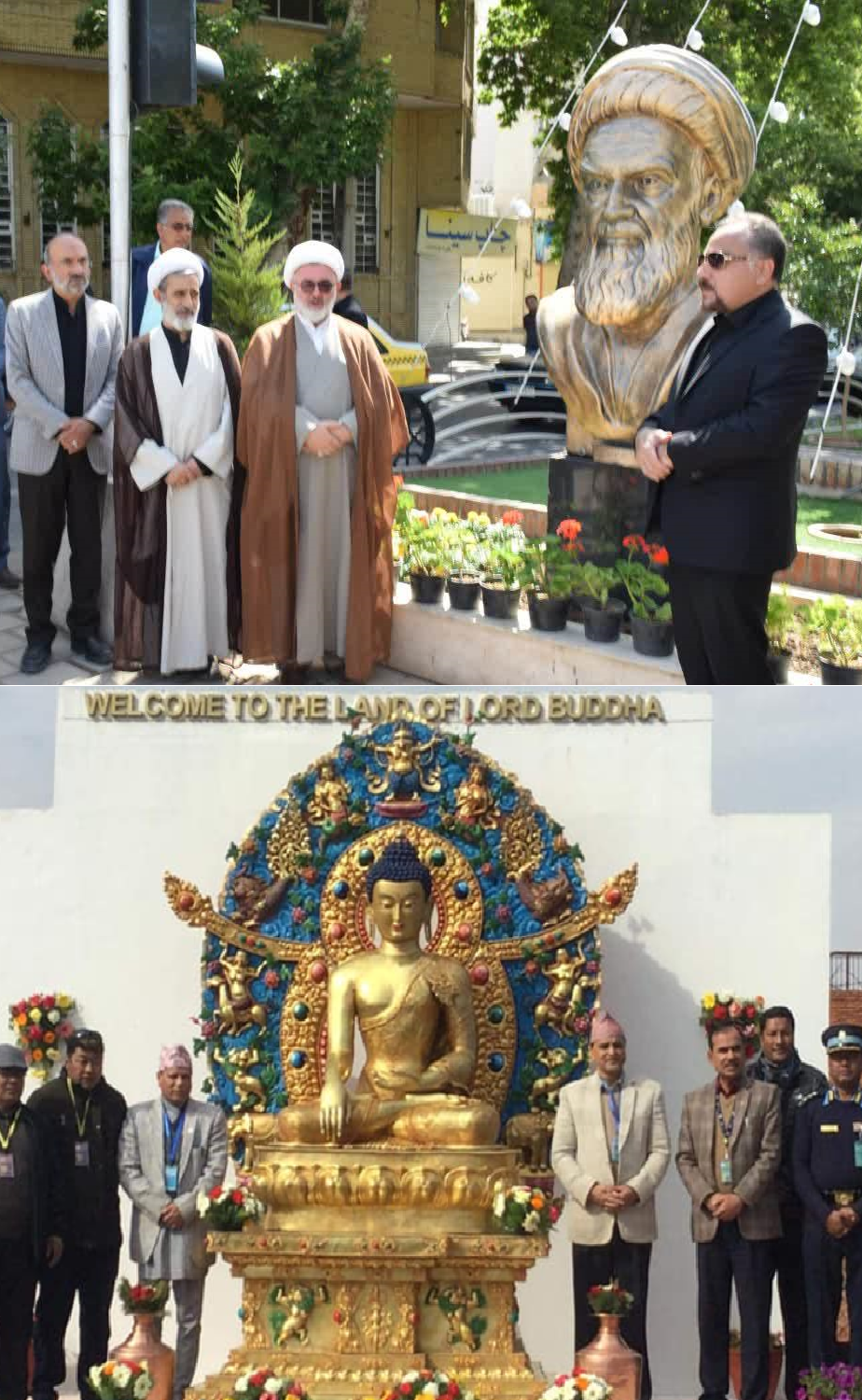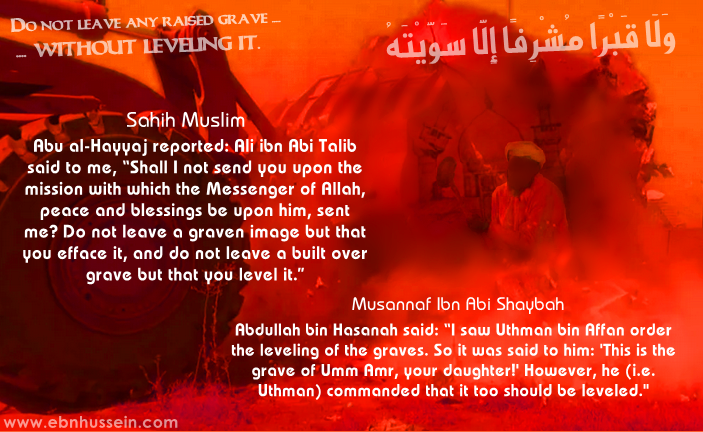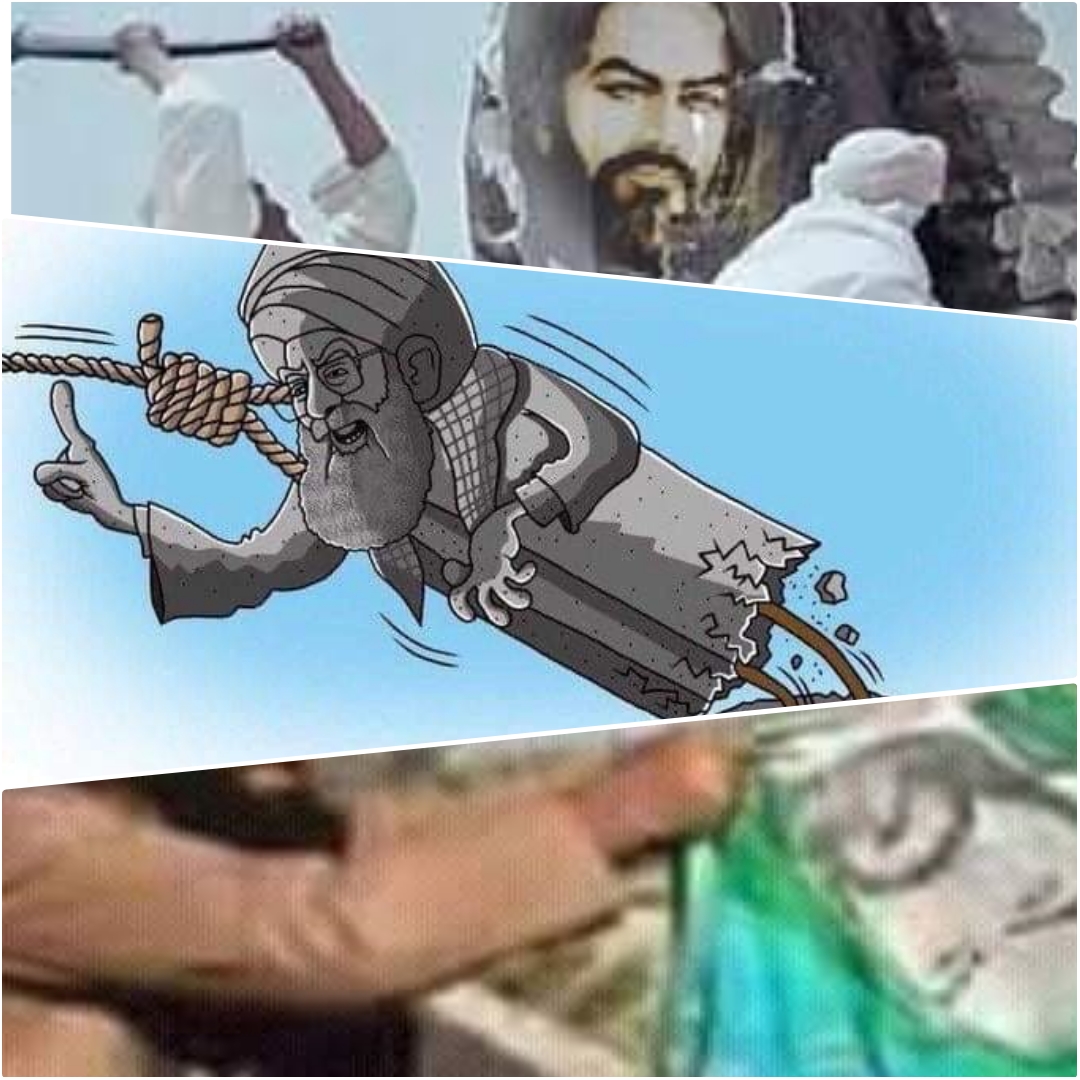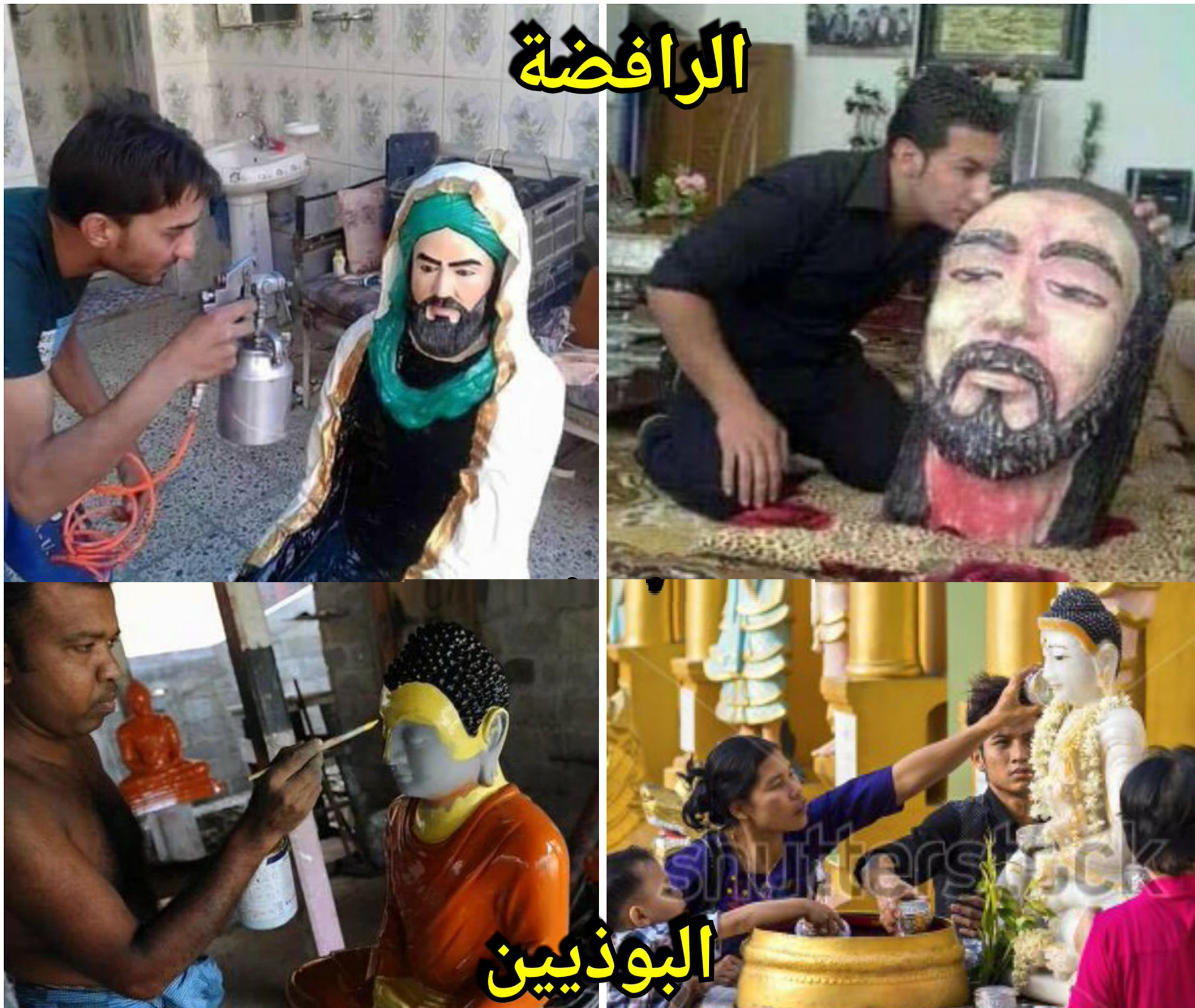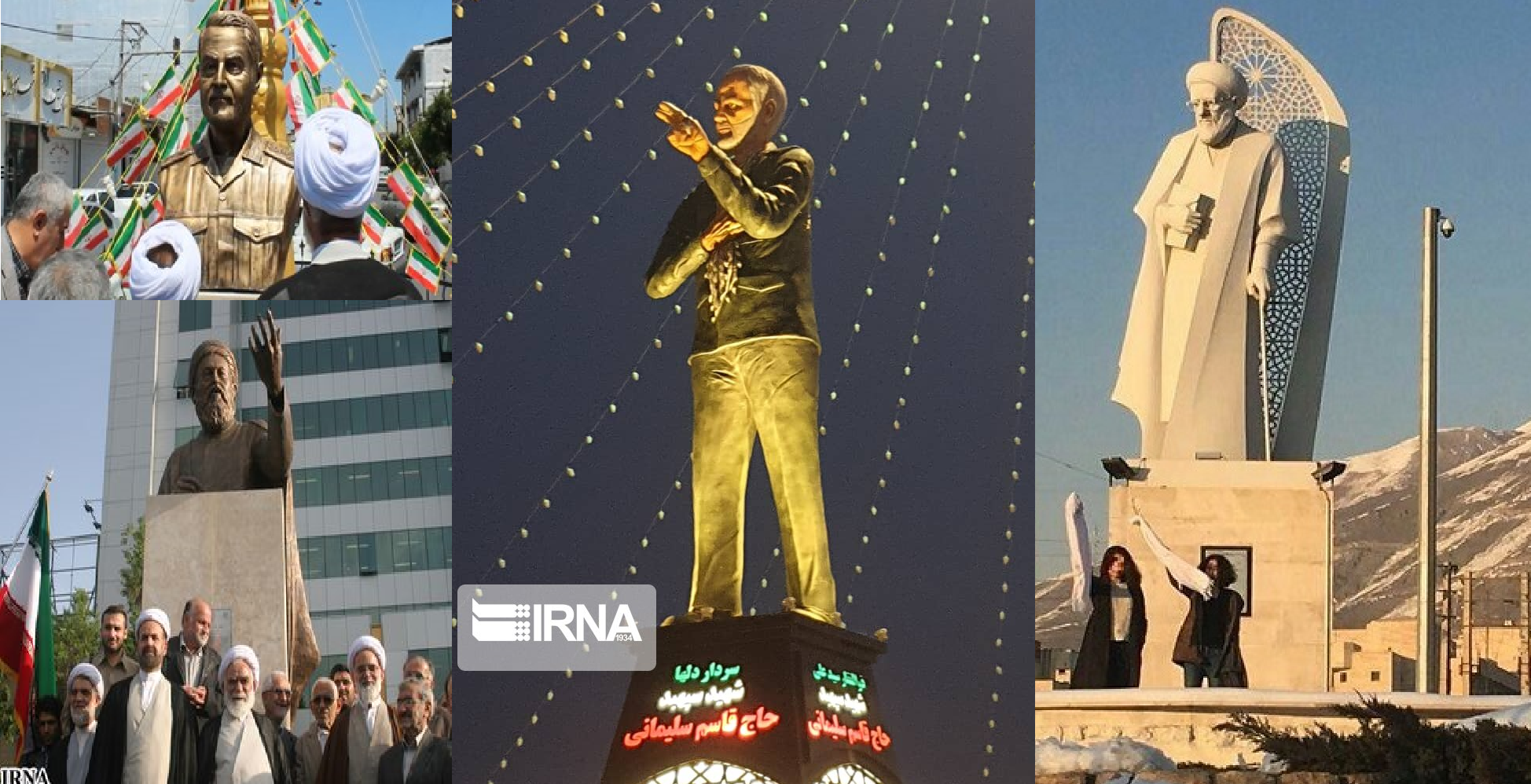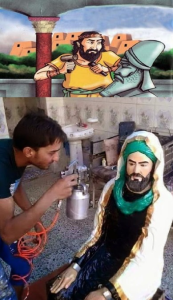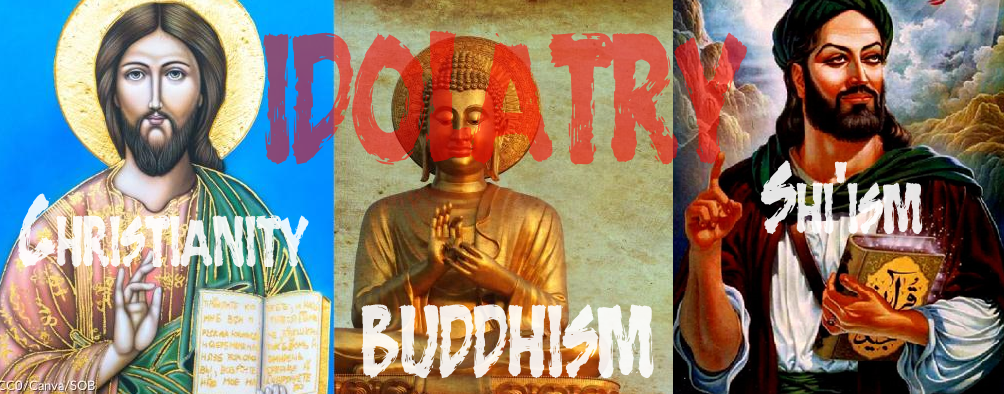 I have already written a piece detailing the blessed Islamic tradition of iconoclasm here. In this short treatise, I’d like to expand on one of the greatest idol-breakers and iconoclasts who ever walked the earth: none other than Prophet Ibrahim (Abraham), peace be upon him. This great monotheist obliterated and discarded idolatry without any sugarcoating or appeasement. He is the role model for every Muslim when it comes to lambasting idolatry.
I have already written a piece detailing the blessed Islamic tradition of iconoclasm here. In this short treatise, I’d like to expand on one of the greatest idol-breakers and iconoclasts who ever walked the earth: none other than Prophet Ibrahim (Abraham), peace be upon him. This great monotheist obliterated and discarded idolatry without any sugarcoating or appeasement. He is the role model for every Muslim when it comes to lambasting idolatry.
The following Persian miniature artwork, a manuscript painting, originates from the Sunni period of Persia (Iran). Although not ideal, since no saints, let alone prophets should be depicted, at least iconoclasm was cherished at that time.

This stands in stark contrast to post-Sunni, i.e., Shia Rafidi Iran, where the people’s wealth is squandered on opulent and extravagant shrines, while the landscape is cluttered with statues (idols) of ‘Ayatollahs’—the instigators of the idolatrous Persianisation and feminisation of the Ahl al-Bayt—and other so-called ‘saints’ (like Qassem Soleimani), evoking images of a Hindu or Buddhist country.
Intriguingly, the idols in the Persian miniature appear as Buddhist statues seated in the lotus tradition and forming mudra gestures. Experts on these Persian miniatures note that this manuscript was made in Persia at a time when (Sunni) Islam was beginning to eclipse Buddhism in what is now known as Iran. Idolatrous Buddhist shrines and idols were destroyed by devout Sunni Persian Muslims. It is not difficult to believe that the story of Prophet Ibrahim (peace be upon him) served as a vindication of the Islamic view over the idolatrous Buddhists and their idol worship at that time.
The Quran mentions this story in detail, portraying the passion of Ibrahim who promised to bring down the idols of his time. He cursed his own people, who were polytheistic idol worshippers (mushriks).
Surely We had bestowed wisdom upon Abraham even earlier, and We knew him well. Recall, when he said to his father and his people: “What are these images (statues/idols) to which you are devoutly clinging?” They answered: “We found our fathers worshipping them.” He said: “Certainly you and your fathers have all been in manifest error.” They said: “Are you expressing your true ideas before us or are you jesting?” He said: “Nay, but your Lord is the Lord of the heavens and the earth which He created and to that I bear witness before you. By Allah, I shall certainly carry out my plan against your gods after you are gone.” Then he broke them all into pieces…” (Quran 21:51-57)
The paradigm of Abrahamic iconoclasm is rooted in the Quran and the Sunnah, in the tradition of the Prophet (peace be upon him) and his companions (including his household, foremost among them Ali ibn Abi Talib, may Allah be pleased with them), and upheld by none other than Ahl al-Sunnah wa al-Athar, and violated most by the polytheistic Rafidah in the name of Islam and the Ahl al-Bayt.

